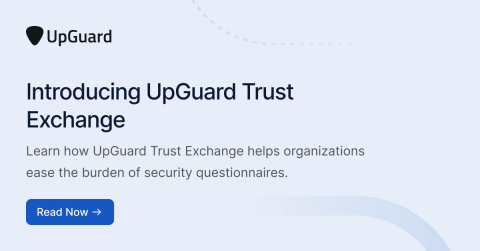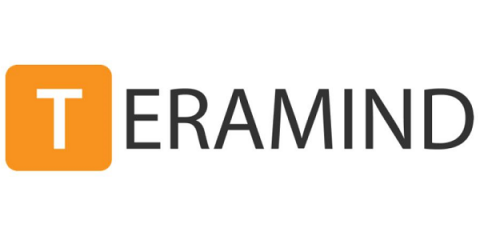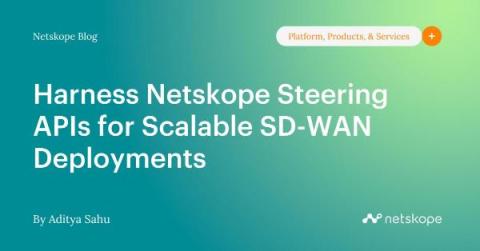PuTTY Vulnerability: CVE-2024-31497
On April 15th, Fabian Bäumer and Marcus Brinkmann of Ruhr University Bochum disclosed that PuTTY had a vulnerability that can allow an attacker to compromise private keys, then forge signatures, and log into any remote servers on which those keys are used. PuTTY is a free and open-source terminal emulator, serial console and network file transfer application that supports several network protocols, including SCP, SSH, Telnet, rlogin, serial port and raw socket connections.











